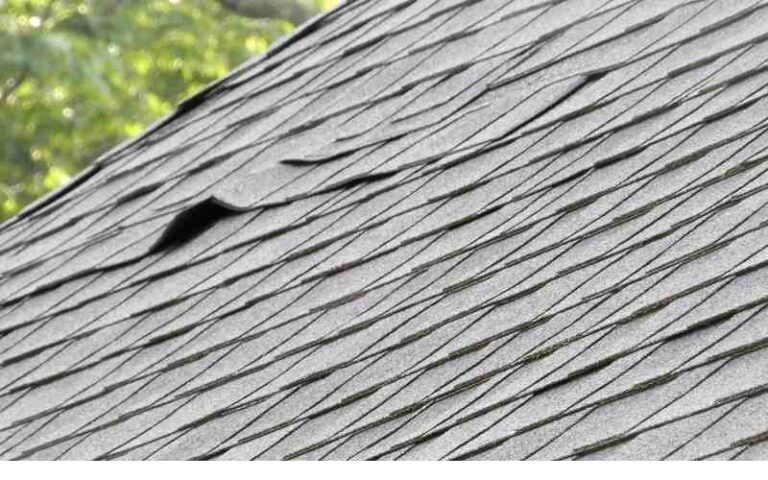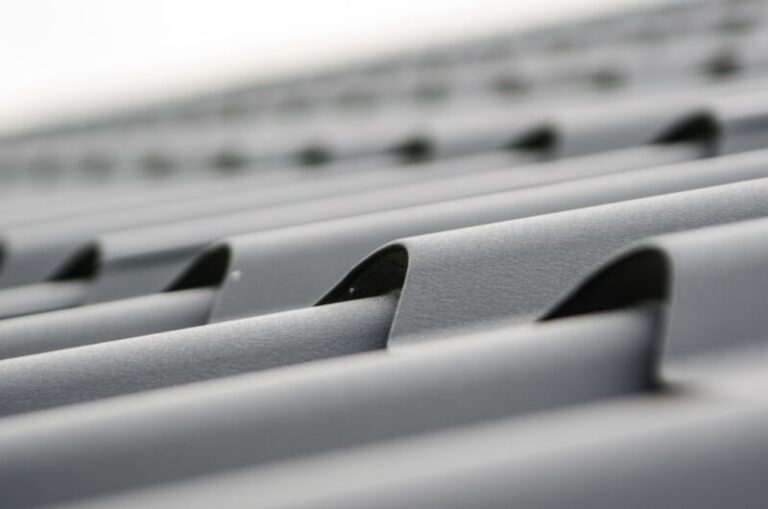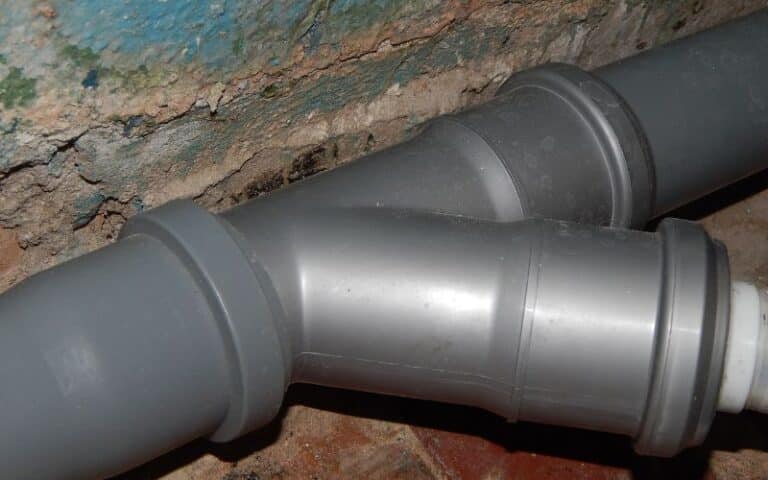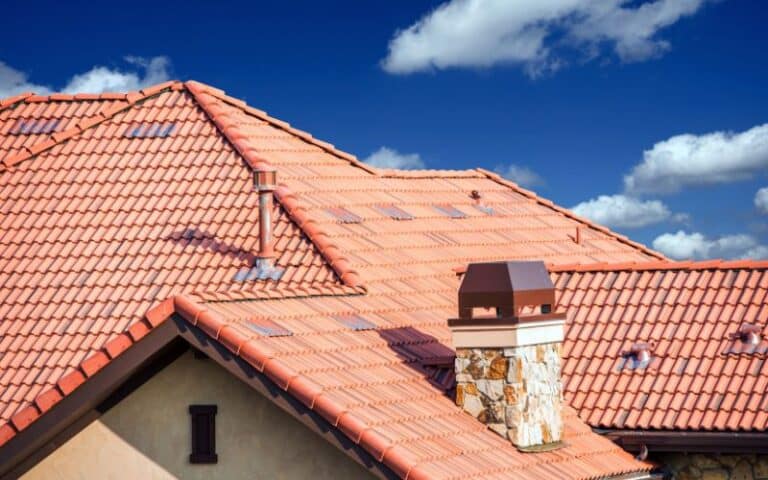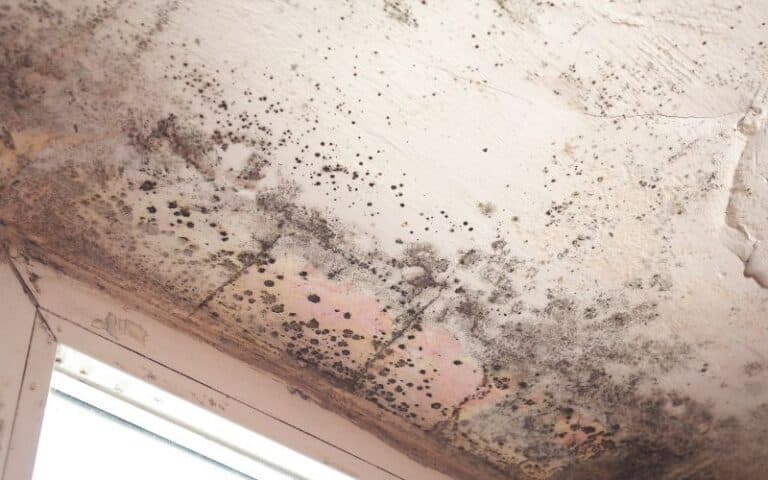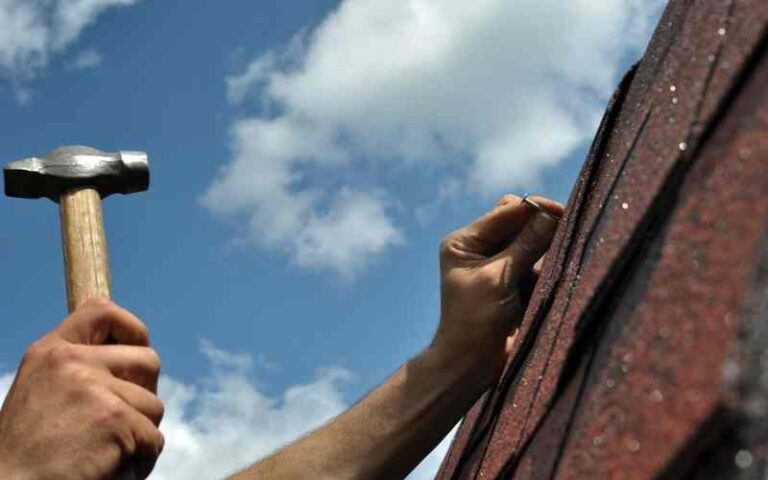Have you ever wondered why it’s necessary to have roof eaves and rakes on your top? Or what will be the effect of not having roof eaves and rakes on your roof?
In this article, you will know why it’s reasonable to factor in roof eaves and rakes when roofing your home.
Roof Eaves and Rakes are structures on the roof of a building that defines the style of the house, protect the top edge siding and the foundation, and serve as shades during hot climate.
Ready for a Roofing Quiz?
What Is an Eave?
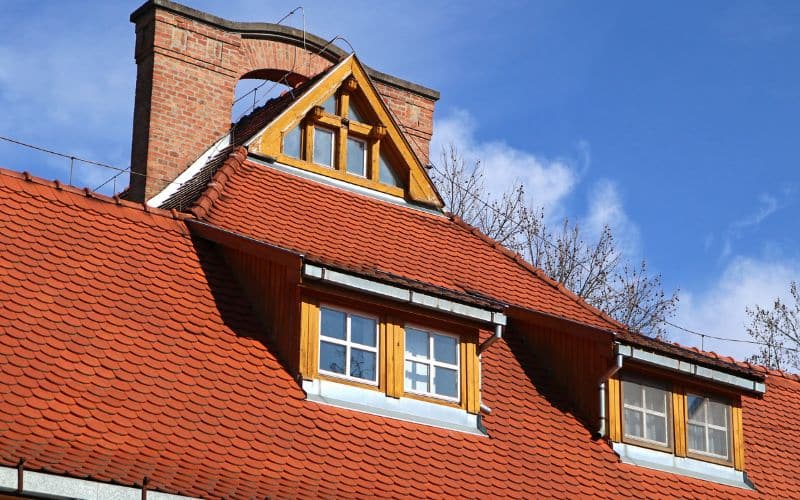
An eave is the roof’s edge that protrudes beyond a house’s side wall. The eave forms an overhang, which deters water off the wall of a building, and may also give the building an aesthetic appearance.
An eave is way more distinct when compared to the roof and walls of a building.
An eave is soffit and fascia boards, which are beneath the roof—the eaves aid in providing beauty and protects it from the elements.
The soffit is the part beneath the eave, visible around the home. Fascias are flat boards situated at the edge of the roof; it faces outward and serves as mounting for gutters and encases.
Different types of eaves with varying styles of buildings. Below are the four basic types of eaves;
#1. Soffit Eaves:
This type makes an angle of 90 degrees with the wall of the building. It has paneling that connects the bottom tip of the eave with the installation.
European architecture uses the soffit eaves to shield the structure from snow, sleet, and rain.
#2. Boxed-in Eaves:
This type encloses the rafters and meets the side of the building at the same angle as the roof pitch. These eaves were used in colonial architecture to adulate the available porch designs.
#3. Abbreviated Eaves:
The abbreviated eaves run perpendicular to the side of the wall.
#4. Exposed Eaves:
When standing underneath the roof and rafters, the exposed eaves are exposed.
What Is a Rake?
A building rake is that exposed part of a roof that protrudes from the eaves to the ridge. The rake of a roof shields the top edge of the roof.
Therefore, the rake is one of the most common sites of the roof where leaks can occur.
The purpose rake board of a roof comprises different roofing materials, which could be PVC board, Pine, cedar, smart board, or concrete board, respectively.
The architect will determine the type of rake board to use based on the style of the fascia and trims of the building.
The rake of a roof is for aesthetic purposes. However, it must be intact to function as a moisture barrier, giving the home a perfect protection roofing system.
If the rake is not intact, it could lead to infestation by insects and rodents.
In addition, always check the rake of your roof after a snowstorm because this area encourages the formation of an ice dam which could lead to roof leaks.
What Is the Difference Between Rake And Eave?
Rake is the exposed part of a roof seen on the sides of a gable roof that protrudes from the eaves to the ridge of the sloped sides, while the eave is the roof’s edge that extends beyond the side wall of a house.
The rake shields the top edge of the roof, whereas the eaves deter water off the wall and protect the foundation.
Eaves are of different types according to the structure’s nature or the architect’s preference. On the other hand, rakes of a roof are of different materials, and rakes are on a gable roof.
The rake of a roof covers the top edge of the roof, and it’s the most common site where leaks could occur.
The eaves, on the other hand, serve as a mounting for the gutters and enclose the roof.
Is the Rake a Part of the Eave?
The rake is not a part of the eave. Instead, the rake extends from the eave to the ridge of a gable roof.
The rake is directly associated with the edge of the roof. The eaves protruded away from the side wall.
Where Eaves Meet Rake?
The eaves and rakes meet at the edges of the roof. At this point, the rake is above the eaves, and they both significantly add to the roof’s aesthetic effect and how it protects the underneath structures.
The two types of eaves and rakes known are clipped and extended.
The Clipped has no projection beyond the exterior wall, whereas the extended has. Often the design of the kind of rake to be used is driven by the type of roof eaves.
Do Gutters Go on Eaves And Rakes?
Yes, gutters can go on eaves and rakes. A trench is a channel that redirects the runoff water away from the roof.
Unfortunately, there is a tendency for your roof to pick leaves and debris, which may cause water to stagnate and overflow, leading to rotting and rusting of valuable materials in the home.
There are various types of gutter;
#1. One-piece gutters:
This gutter is the traditional type installed by most house owners. It’s of two kinds. The first is without slope, and the second, each structure is custom-made.
#2. Two-piece gutters:
Are installed by a professional to enable it to function correctly.
#3. Built-in gutters:
This type can also be called gutter liners in older homes.
#4. Double bottom or shell and liner gutters:
This type has a decorative outside shell with a custom profile.
Eave And Rake Edges
A drip edge is to be used at the eaves and rakes, underneath the shingles, and on the fascia to increase your roof’s ability to shed water.
Corrosive-resistant material like aluminum or galvanized steel should be employed while constructing the eaves drip edges and rake edges.
Using sub-standard materials could lead to dysfunctional edge shingle roofs and rusting indicated by the trim, gutters, fascia, and siding of your house discoloring.
In addition, improper installation and substandard materials can disrupt the drip edge shingles in your roofing system, leading to water seeding to the decking.
Drip edges also hinder pests from getting into the decking and the shingles.
Eave And Rake Starter Strip Shingles
Starter strip shingles are made of asphaltic material and are said to be long and narrow. Roofers install them along the edges of the roof before the installation of the regular shingles.
The eave and rake starter strip shingles are the majorly overlooked aspect of a quality roofing system. The starter strip shingles help resist shingle blow-off when done with a properly positioned adhesive.
In addition, eave and rake starter strip shingles are easy to use and create less waste.
Conclusion
Roof Eaves and Rakes are structures on the roof of a building that defines the style of the house, protect the top edge siding and the foundation, and serve as shades during hot climate.
Rake is the exposed part of a roof seen on the sides of a gable roof that protrudes from the eaves to the ridge of the sloped sides, while the eave is the roof’s edge that extends beyond the side wall of a house.

